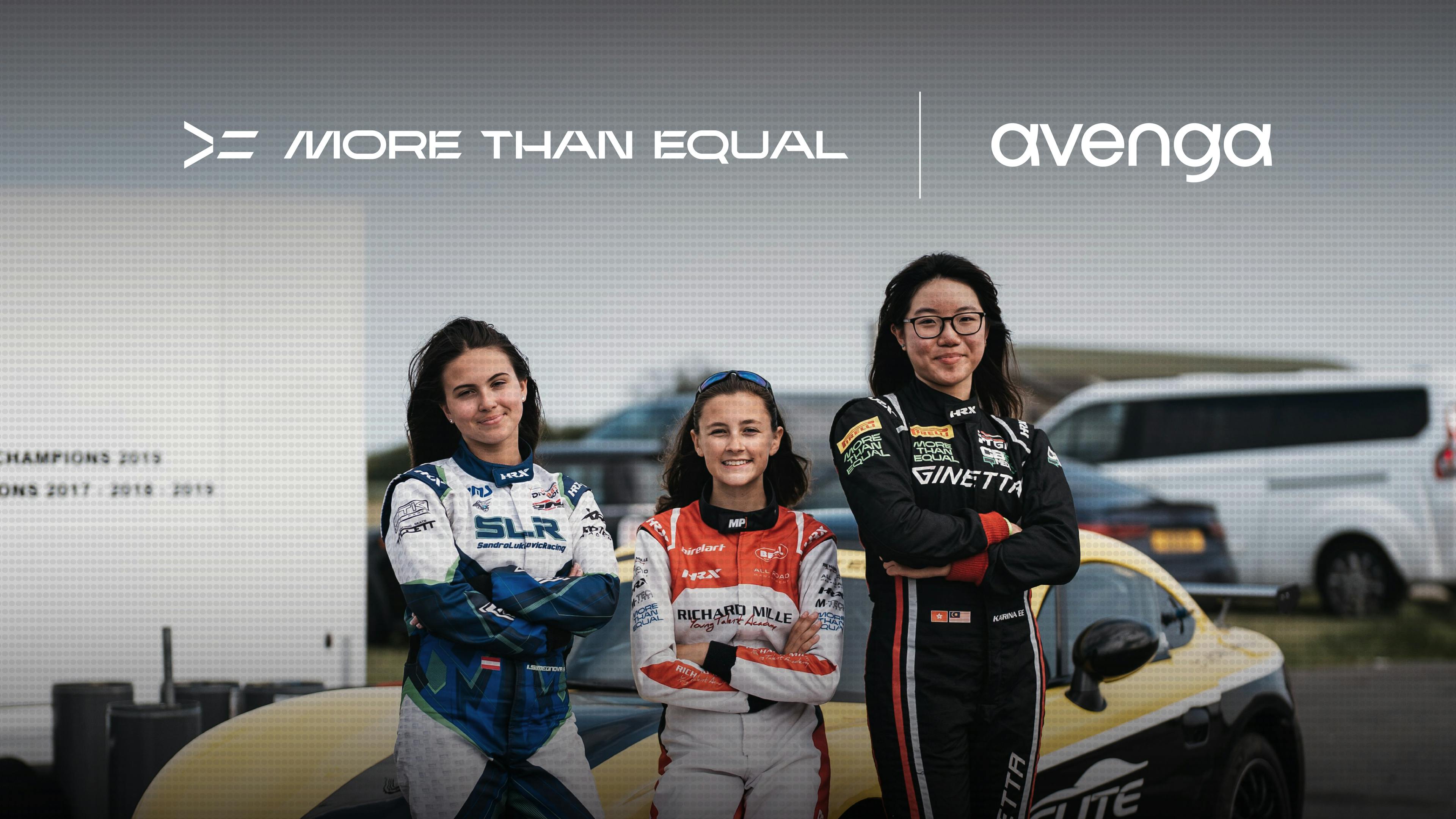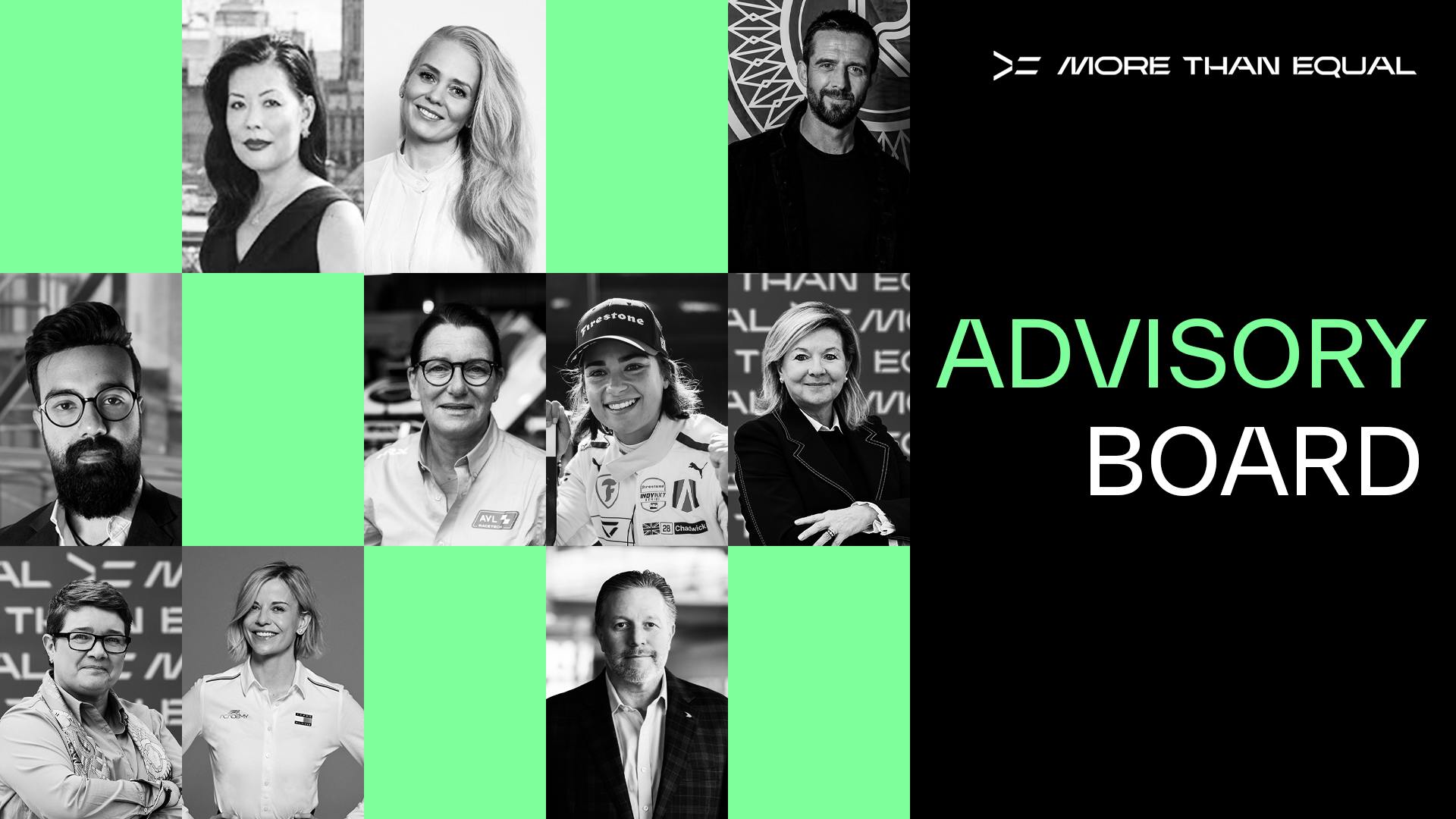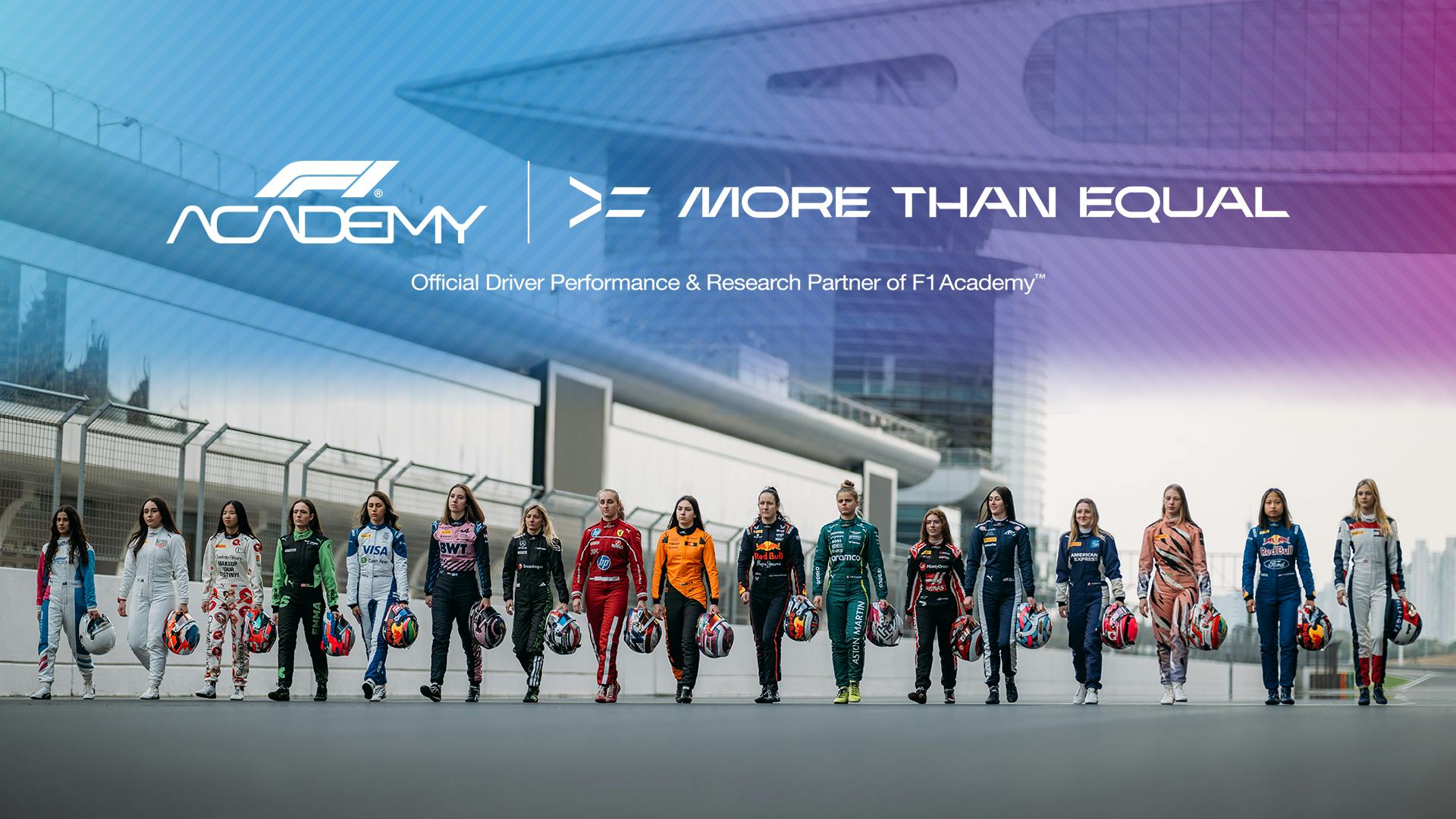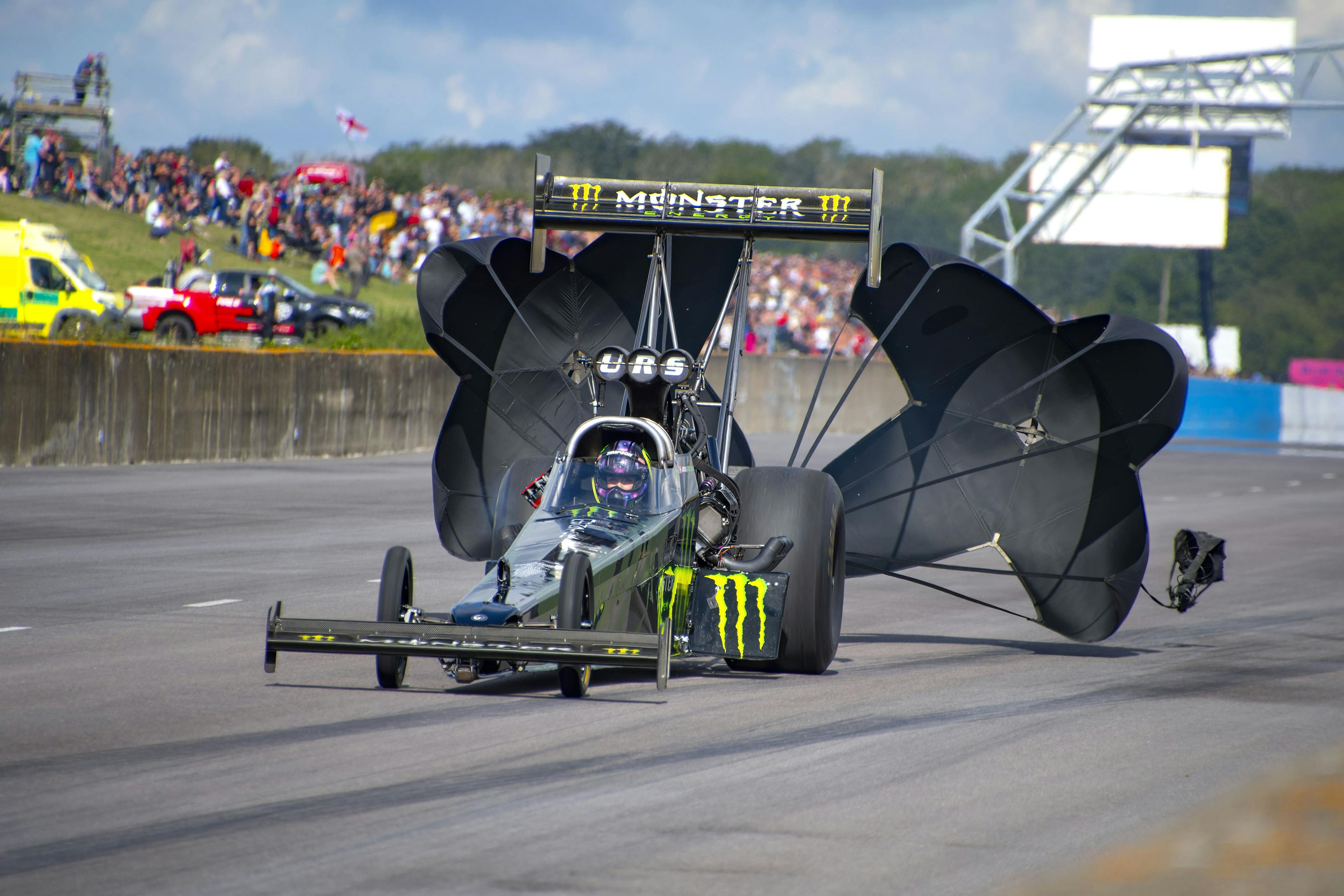Inside Track: Exploring the Gender Gap in Motorsport
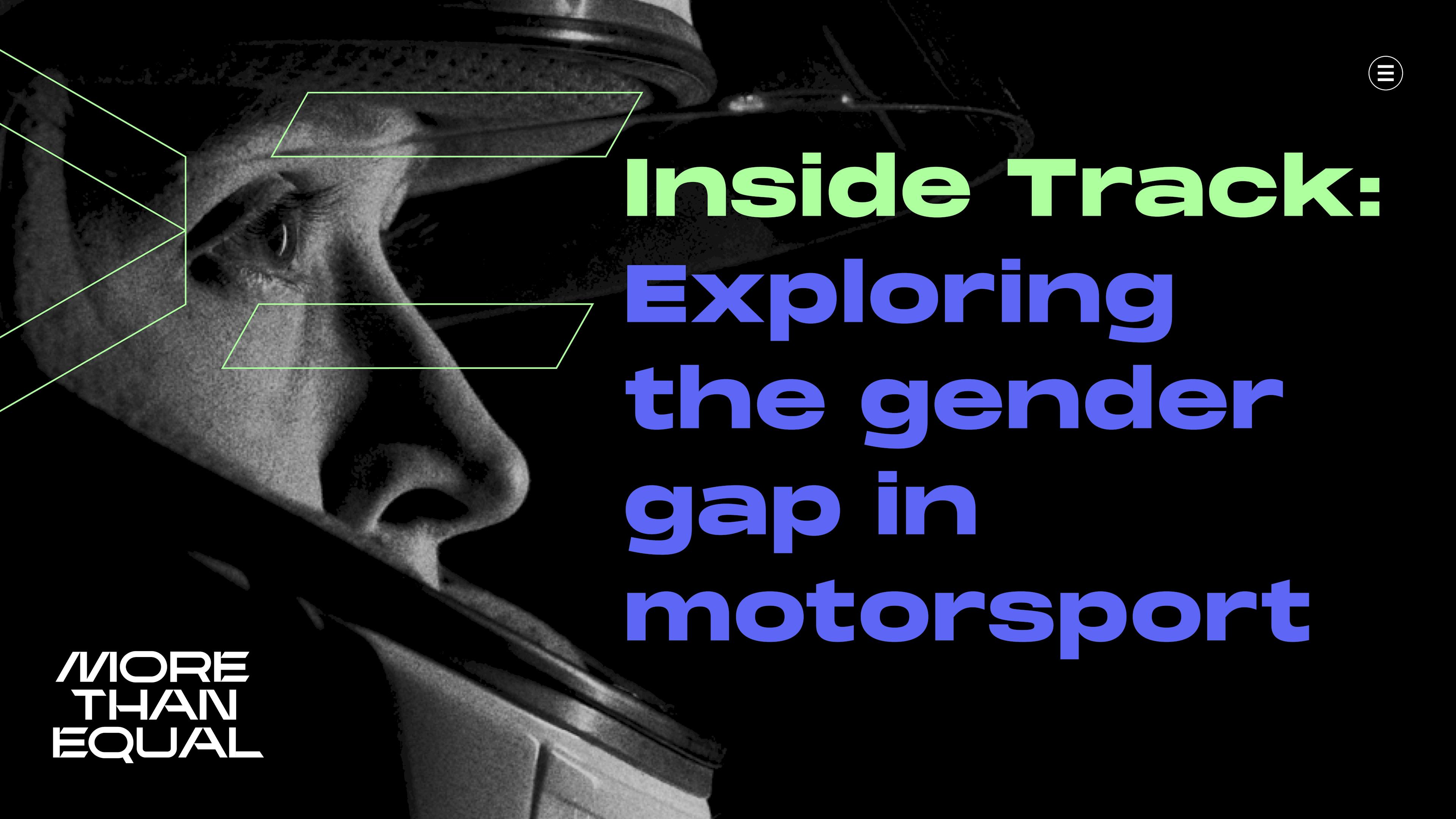
Groundbreaking global research into women in motorsport.
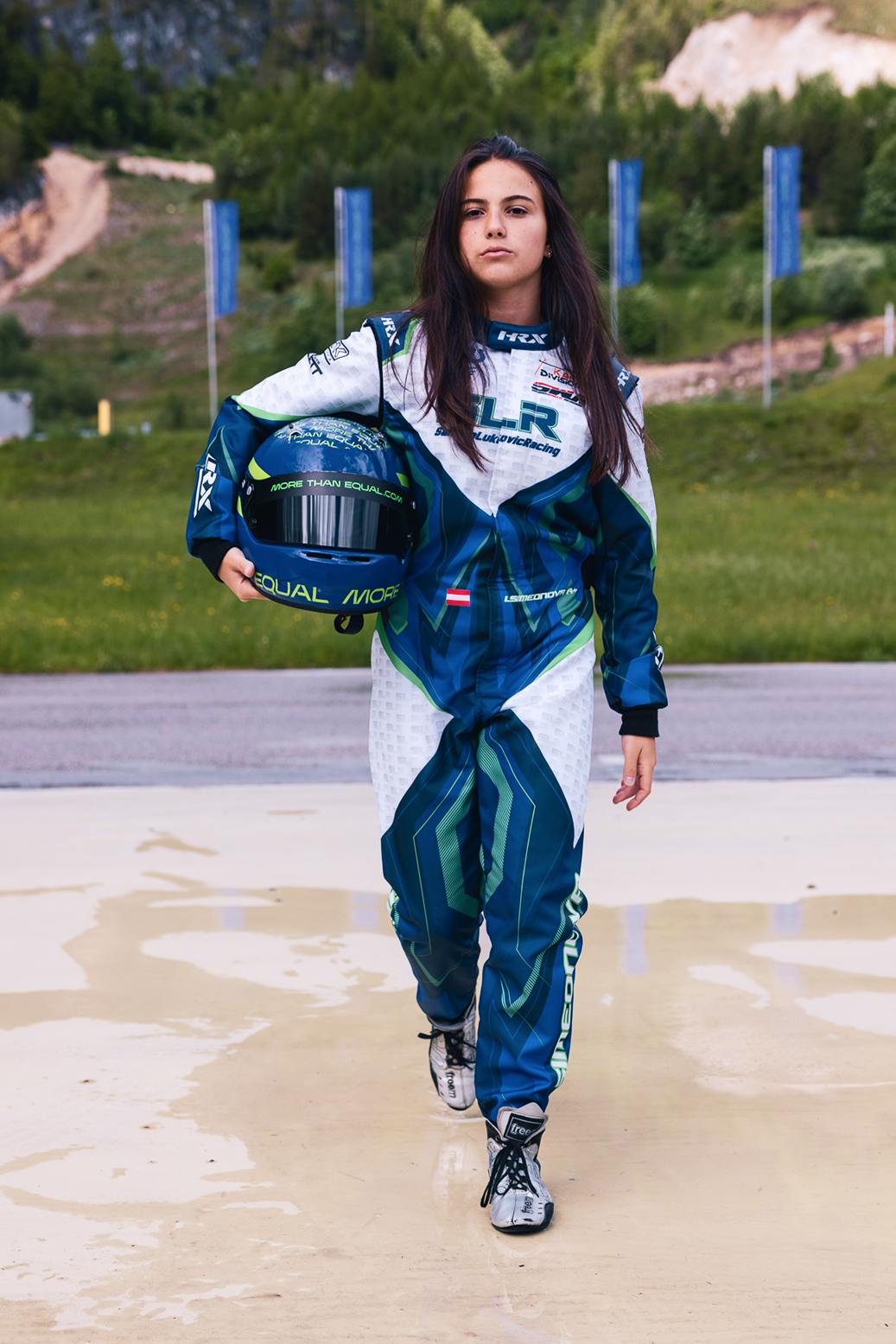
More than Equal has unveiled the most extensive and expert-led research ever conducted into female participation in motorsport, shining a light on the challenges women face in a sport where men and women can compete on equal terms — yet no woman has raced in Formula 1 since the 1970s.
This first-of-its-kind study gathered insight from nearly 13,000 respondents in 147 countries, over 70 in-depth interviews with industry leaders (including female drivers), and detailed analysis of global participation data. It also examined existing academic research into women’s involvement in sport worldwide. The result is a comprehensive evidence base that exposes the scale of the gender gap in motorsport and sets out what must change to close it.
What the findings reveal:
- The research confirms a significant participation and performance gap across all categories. On average, women make up only around 10% of participants, peaking at 13% in karting but dropping to just 7% in formula and GT racing.
- Barriers are numerous and layered. Financial constraints remain universal, but female drivers often face additional difficulty securing early investment, a critical factor for progression. Many still encounter outdated stereotypes about women’s speed, competitiveness, and physical capability, despite a lack of scientific evidence. There is also a shortage of tailored technical, physical, and psychological training; less access to track time compared with male peers; a lack of visible role models; and an unwelcoming culture in some areas of the sport. In addition, possible gender biases in equipment design and specific mechanical challenges, such as power steering requirements, have not been fully explored.
- The data also shows that female careers in motorsport are significantly shorter, averaging between 1 to 5 years compared with more than 12 years for male careers. This early dropout rate sharply reduces the pool of potential female talent capable of reaching the pinnacle of the sport.
- The report also captures the voice of the fans, and they are calling for change. Motorsport’s fanbase, particularly its growing number of younger female supporters, wants greater inclusion and representation. Female fans are, on average, 10 years younger than their male counterparts, 40% are new to the sport within the past five years.
- Nearly 60% of female fans said they would follow the sport more closely if there were more female drivers, and over half would be more likely to purchase products from sponsors who support women in the sport.
The findings make one thing clear: there is no evidence that women cannot compete at the highest levels of motorsport. In fact, performance benchmark data from multiple F1 world champions confirms that the physical and cognitive demands of the sport are well within female capability.

More than Equal will use this research to fuel a new female driver talent identification and development programme, built in partnership with leading experts such as Hintsa Performance. This programme will work intensively with a cohort of young female drivers, supporting them with racing opportunities, technical and tactical coaching, physical and mental preparation, commercial development, and personal branding.
The goal is simple but ambitious: to create a clear, evidence-based pathway for women to progress from grassroots motorsport through to Formula 1 — and to ensure that the next generation of female drivers is the best-prepared in history.
Other articles
